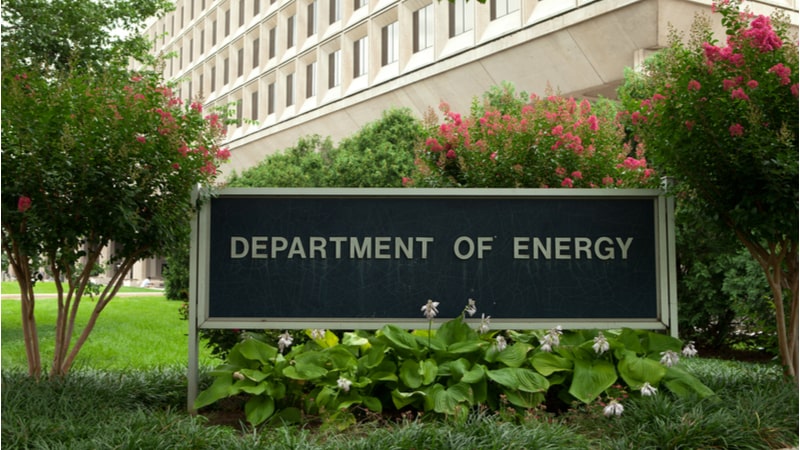
The Energy Department’s (DoE) Office of Science has announced a $112 million investment to study fusion energy sciences with the use of high-performance computing capabilities across 12 different projects.
The investment will bring together fusion scientists, applied mathematicians, and computer scientists to use “computing resources to model plasmas, study turbulence, and use artificial intelligence to predict and solve problems like energy losses,” DoE said.
“This collaborative effort will advance our understanding of fusion as an energy source while utilizing the most powerful supercomputers in the world,” said Jean Paul Allain, associate director of Science for Fusion Energy Sciences at the DoE.
“The modeling and simulation work of these partnerships will offer insight into the multitude of physical processes that plasmas experience under extreme conditions and will also guide the design of fusion pilot plants. We are also looking forward to including efforts from inertial confinement devices and stellarators in this program,” stated Allain.
The funding will go to three different programs: the Scientific Discovery through Advanced Computing (SciDAC) program, Fusion Energy Sciences (FES) program, and the Advanced Scientific Computing Research (ASCR) program. Each will work in collaboration with one another to advance the study of fusion science.
“The SciDAC program and the FES-ASCR SciDAC partnerships have advanced scientific discovery in fusion and plasma sciences over the last two decades,” said Ceren Susut, acting associate director of Science for Advanced Scientific and Computing Research at the DOE. “The current awards leverage this past research as well as codes developed on the ASCR Exascale Computing Project to address the new and broader 2023 portfolio.”
The projects were selected in a competitive fashion under the “DoE Funding Opportunity Announcement for Scientific Discovery through Advanced Computing – FES Partnerships,” stated the department.
The funding will be for “projects lasting up to four years in duration, with $28.15 million in Fiscal Year 2023 dollars and outyear funding contingent on congressional appropriations,” stated the department.
